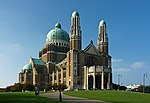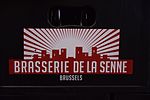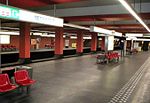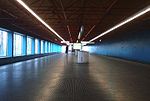Karreveld Castle
Castles in BrusselsCommons category link is locally definedCulture in BrusselsMolenbeek-Saint-JeanUse British English from July 2023

Karreveld Castle (French: Château du Karreveld, Dutch: Kasteel Karreveld) is a castle-farm in Molenbeek-Saint-Jean, a municipality of Brussels, Belgium. The castle and surrounding park are used for cultural events and meetings of the municipal council. This site is served by Osseghem/Ossegem metro station on lines 2 and 6 of the Brussels Metro.
Excerpt from the Wikipedia article Karreveld Castle (License: CC BY-SA 3.0, Authors, Images).Karreveld Castle
Avenue Jean de la Hoese - Jean de la Hoeselaan,
Geographical coordinates (GPS) Address Nearby Places Show on map
Geographical coordinates (GPS)
| Latitude | Longitude |
|---|---|
| N 50.860277777778 ° | E 4.3152777777778 ° |
Address
Château du Karreveld - Kasteel Karreveld
Avenue Jean de la Hoese - Jean de la Hoeselaan 3
1080
Belgium
Open on Google Maps









